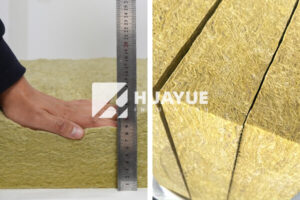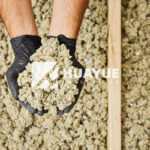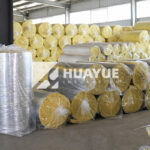Rockwool Insulation for Exterior Walls: Is It the Right Choice?
When choosing insulation for exterior walls, many options can make the decision tough. The wrong choice may lead to higher costs and lower comfort in the long run.
Rockwool insulation stands out for exterior walls thanks to its fire resistance, water repellence, and high thermal efficiency. It keeps homes comfortable in all seasons and protects them from extreme weather, making it a reliable performer.
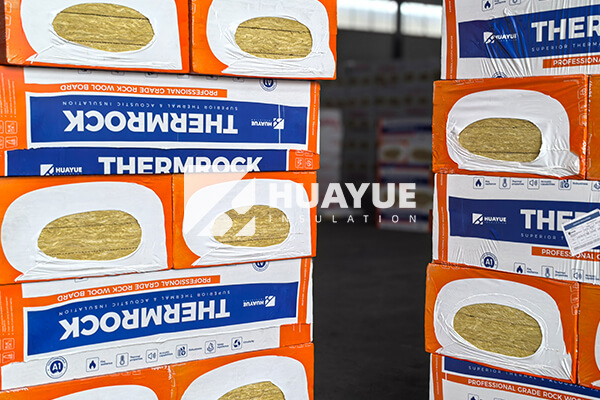
Exterior wall insulation choices can greatly impact a building’s comfort, safety, and energy use. Keep reading to discover what sets rockwool apart, and where it might fall short, so you can make the best decision for your next project.
What is the best insulation for exterior walls?
Having the wrong insulation in your walls can make your house cold, damp, or expensive to heat and cool. Everyone wants a solution that is safe, energy-efficient, and built to last.
The best insulation for exterior walls is one that combines high R-value, moisture resistance, and fire safety. Rockwool and rigid foam boards often top the list, with rockwool preferred for eco-friendliness, soundproofing, and non-combustible qualities.

To choose the best insulation, I look at three things: thermal resistance, moisture response, and fire rating. Rockwool offers great R-values for exterior walls (around R-4 per inch). Unlike fiberglass, it does not absorb water or slump over time. Fire safety is critical; rockwool won’t burn and helps shield a building in a fire. It is also mold-resistant and deters pests that often damage organic-based insulation. Compared to rigid foam or fiberglass, rockwool hugs wall cavities for a snug, gap-free fit. Here’s a quick comparison:
| Property | Rockwool | Fiberglass | Rigid Foam |
|---|---|---|---|
| R-value (per inch) | 4.0 | 3.2-3.8 | 5.0-6.5 |
| Fire Resistance | Non-combustible | Can burn | Varies |
| Water Resistance | Repels water | Can hold water | Good |
| Soundproofing | Excellent | Moderate | Poor/Moderate |
Rockwool does cost more than fiberglass, yet its durability, safe installation, and versatility help make up for the price. When I recommend it, I know clients get long-term savings, peace of mind, and comfort.
What is the downside of ROCK WOOL?
Some insulation problems are not obvious until years later—like dust, itching, or hidden costs. Every product has trade-offs, so it pays to know what you are getting into with rockwool.
The main downsides of rockwool are its higher cost, possible skin irritation during installation, and sometimes tricky cutting for custom shapes. Its manufacturing uses high energy, though recycled content helps balance this.
When I first handled rockwool, I noticed it is denser and heavier than fiberglass. This means it can take extra effort to transport and fit, especially for large jobs or awkward wall shapes. Gloves and masks are a must to avoid skin itching or breathing loose fibers, but this is manageable with basic safety gear. Also, while eco-friendly in day-to-day use, rockwool factories need a lot of power to melt stones at high temperatures. Still, using recycled rock cuts down the environmental cost over time. Not all builders are familiar with rockwool, so sometimes training is needed for perfect results.
| Downside | Impact | Solution |
|---|---|---|
| Higher Cost | Project budget | Long-term savings |
| Installation Itch | Worker comfort | Wear protection |
| Dense Material | Handling challenges | Team training, tools |
| High Embodied Energy | Environmental impact | Recycled content |
For most clients, the benefits far outweigh these drawbacks, but it is good to know the full picture before you buy.
What is the R-value of ROCK WOOL external wall insulation?
People want insulation that performs well all year. R-value, the measure of thermal resistance, is crucial. Too low and the building loses warmth or cool air, driving up costs.
Rockwool external wall insulation usually delivers R-values around R-4 to R-4.3 per inch of thickness. This means a 4-inch wall achieves about R-16, offering robust energy efficiency.
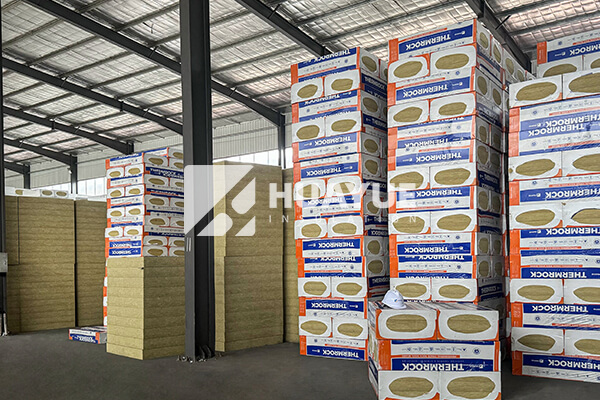
I see clients ask about R-value every time. Rockwool’s steady performance comes from its dense and fibrous structure, trapping air and stopping heat flow. For a standard wall assembly, thicker layers bring even higher R-values, but most code requirements are met at 4-6 inches. The table shows R-values at different thicknesses:
| Thickness (inches) | Approximate R-value |
|---|---|
| 2 | 8 |
| 4 | 16 |
| 6 | 24 |
Unlike some materials, rockwool’s R-value does not drop if it gets damp because water does not soak into it. This makes it reliable in climates with big temperature swings or high humidity. Clients who select rockwool often notice lower utility bills and more comfortable interiors.
What is the downside of external wall insulation?
Adding insulation outside can transform a building. But it can also cause headaches if pitfalls are not avoided.
The downsides of external wall insulation are potential moisture traps if not properly detailed, higher upfront costs, and possible changes to the building’s appearance or wall thickness.
I’ve seen some projects run into trouble where water sneaks behind insulation that isn’t well-sealed. Over time, this can damage the wall or grow mold. Detailed installation with vapor barriers and drainage is a must. Exterior insulation also adds to the wall’s thickness, which may change how windows, doors, or trim look and fit—sometimes not allowed in historic or tight urban spots. Costs are usually higher upfront compared to only insulating inside. However, you get continuous coverage with fewer thermal bridges, which pays off in the long run.
| Issue | Impact | Fix |
|---|---|---|
| Water ingress | Mold, rot, wall damage | Vapour barriers, proper flashing |
| Upfront costs | Budgeting challenges | Long-term energy savings |
| Appearance changes | Aesthetics, regulations | Design review, thinner options |
| Wall thickness | Structural, window fit | Careful planning |
These are all manageable with good design and skilled installers. Most owners find the benefits of energy savings and comfort far outweigh the challenges.
What is the best R-value for exterior wall insulation?
A comfortable home is possible only with enough insulation. Too little insulation wastes energy, but too much can be costly to install.
The best R-value for exterior wall insulation depends on climate, code, and your energy goals. For most regions, R-13 to R-23 is recommended. In colder areas, aim for R-20 or higher.
Choosing R-value is not “one size fits all.” In my projects, I use local codes as a guide. For US homes in mild climates, R-13 is the minimum. Most new builds go higher, up to R-19 or R-23 for exterior walls, using several inches of high-performance material like rockwool. In cold climates—think Canada or Scandinavia—R-20 to R-30 is common. More insulation gives better comfort and energy savings, but costs rise with each step up. Here’s a quick map:
| Region | Guideline R-value (Walls) |
|---|---|
| Warm/Mild | R-13 to R-15 |
| Temperate | R-15 to R-19 |
| Cold | R-19 to R-23+ |
| Arctic/Severe | R-23 to R-30+ |
Rockwool panels make high R-values easy to reach with fewer layers than old-style insulation. I always tell clients: invest in the best R-value you can afford upfront; it pays off every winter and summer.
Conclusion
Choosing rockwool for external wall insulation means high safety, energy efficiency, and durability. Its few downsides are easy to manage, making it a solid investment for any building.
You may also be interested in:
Ready to Get Started?
Get in touch with our experts for personalized solutions tailored to your needs.
Get Free QuoteLatest Articles

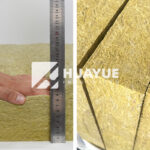
What Does Density Mean for Rock Wool Insulation?
Nov 25, 2025

Does mold grow on fiberglass insulation?
Nov 25, 2025
Let's Work Together
Ready to take your business to the next level? Get in touch with our team of experts and let's discuss how we can help you achieve your goals.
Get Free Solutions

